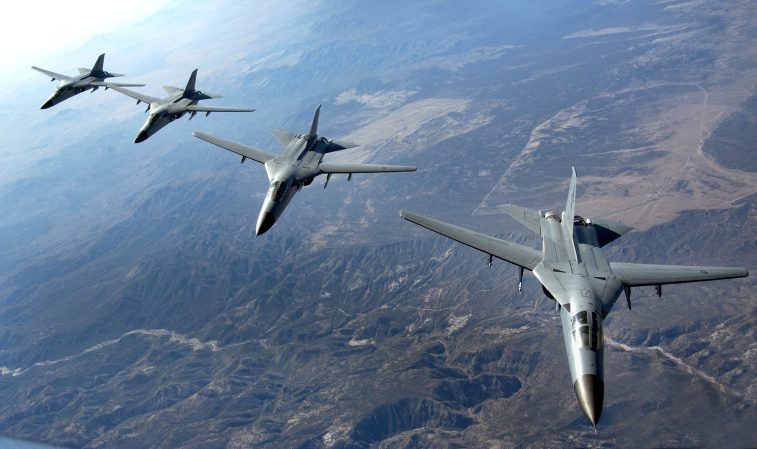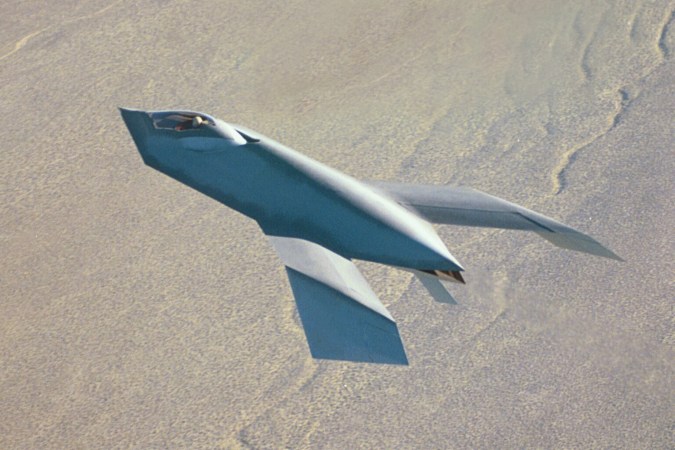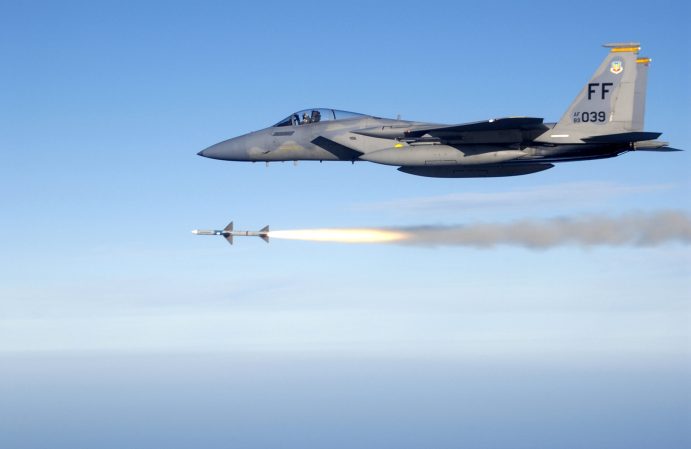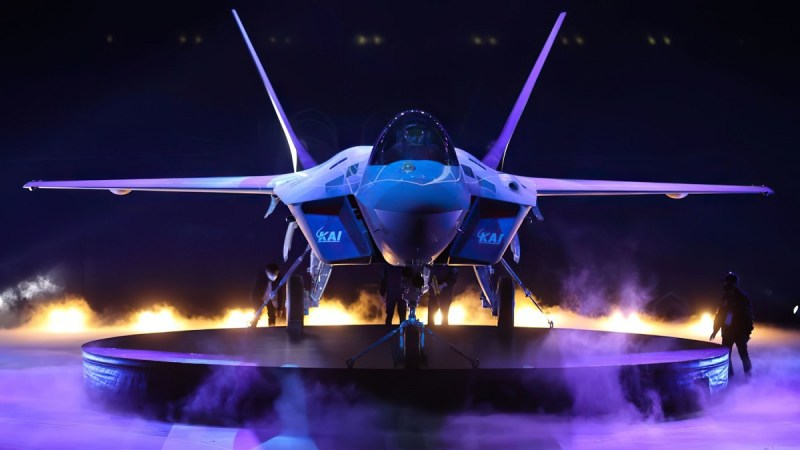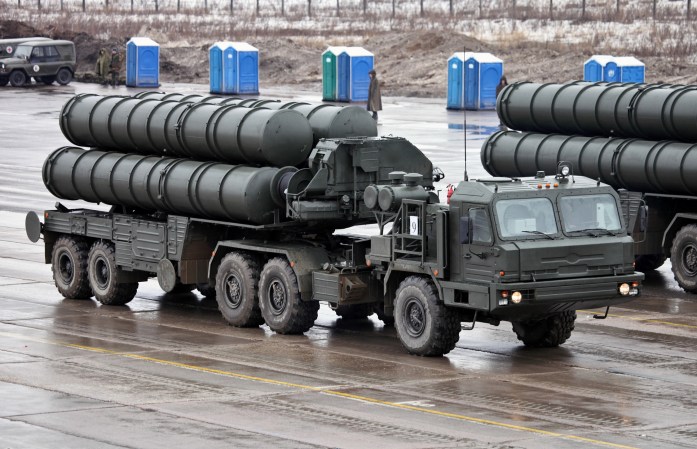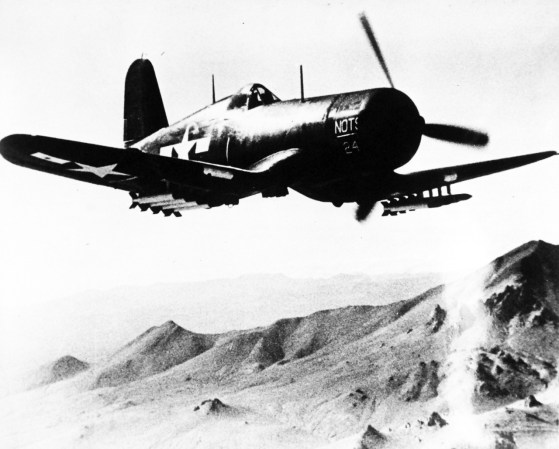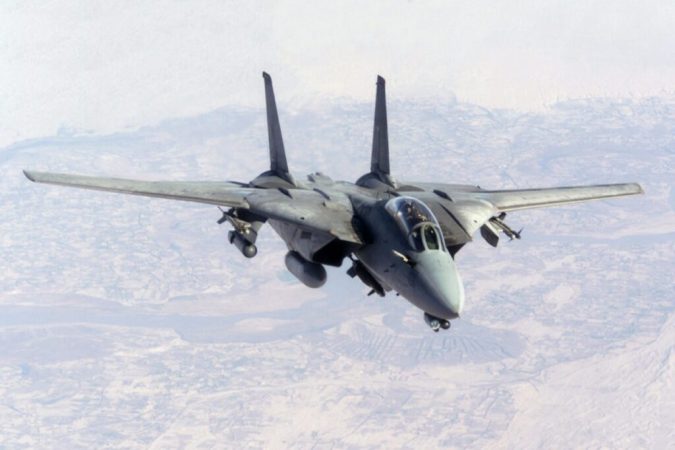In 1961, the United States military was ordered to try to make a single airframe serve the needs of the Air Force, Navy, Marine Corps, and Army. That project was called the Tactical Fighter Experimental (TFX) project. It later became the General Dynamics F-111, known affectionately as the Aardvark.
As just about any military aviation buff can tell you, the results were not what the then-Secretary of Defense had been hoping for. The F-111 made an excellent all-weather attack plane, capable of delivering 31,500 pounds of ordnance onto a target. If anything, had there been another round of modernization in the early-to-mid 1990s, allowing the Vark to use GPS-guided Joint Direct Attack Munitions or Joint Stand-Off Weapons or the AGM-158 Joint Air-to-Surface Standoff Missile, it might still be carrying out that mission today.

The efforts to fill the needs of the other services didn’t go so well. The close-air support versions for the Marines and Army never happened. The Navy’s F-111B, intended as a fleet air-defense plane, just didn’t work, prompting Vice Admiral Thomas Connolly to tell a Senator, “There isn’t enough power in all Christendom to make that airplane what we want!” The results of Connolly’s career-ending honesty included the Navy developing the F-14 Tomcat, which proved to be very effective as an interceptor and air superiority fighter.
But the Air Force, Navy, and Marines all ended up using a common airframe from the 1960s to the 1980s. It just wasn’t the airframe many would have picked to be a joint strike fighter before there was ever a thought of having a Joint Strike Fighter.
The iconic McDonnell-Douglas F-4 Phantom started out as an all-weather interceptor for the Navy. Equipped with four AIM-7 Sparrows and four AIM-9 Sidewinders, this Mach 2 plane had a combat radius of almost 370 miles, and was also capable of carrying almost 19,000 pounds of bombs. The Marines also bought the plane as well.

(Public Domain)
The Air Force, looking for a new fighter-bomber, tried out the F-4. Very quickly, the Air Force realized that the Phantom was working out very well, and soon they, too were buying hundreds of F-4s. The Air Force was even able to add an internal M61 cannon to the plane – something the Navy never really got around to.
The Phantom saw service in the Vietnam War – and it was the plane flown by America’s aces in that conflict: Randy Cunningham, Willie Driscoll, Steve Richie, Charles DeBellevue, and Jeffrey Feinstein. The Phantom shot down 147 enemy planes in the Vietnam War. It also saw service with numerous American allies: including Japan, Australia, the United Kingdom, Israel, Germany, Iran, Egypt, South Korea, Spain, Turkey, and Greece. It still remains in service, now as a fighter-bomber.
The F-35 seems to have taken a few pages out of the F-111’s playbook; notably, the three versions have similar missions – even though one is intended for use from normal air bases, the other is V/STOL, and the third is carrier-capable. But the F-35 program is now pushing 15 years since Lockheed won the Joint Strike Fighter competition) — twice as long as the F-111’s.
The F-35 also shares something in common with the F-4: The Air Force version is the only one with an internal cannon. The Navy and Marine Corps versions (as well as the one used by the RAF) don’t. And whether the F-35 can become a classic like the Phantom is something that only time will tell.






